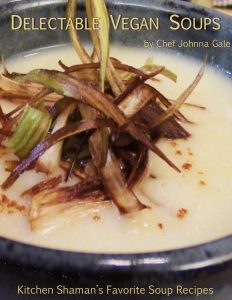Arroz, Spanish Rice that isn’t so Spanish
I grew up calling Arroz "Spanish Rice." This followed me into adulthood, and up into my 30's. I found out not too long ago, that what I learned to call Spanish Rice isn't so Spanish. It really doesn't have anything to do with Spain, or how they cook rice in that country (think Paella). Arroz really is Mexican Rice, cooked in a tomato base with peppers, onions, and garlic. I've been making this rice for as long as I remember, back to when I would stay with my grandparents on the farm. I've since perfected it, and made Arroz palatable for the Vegan.

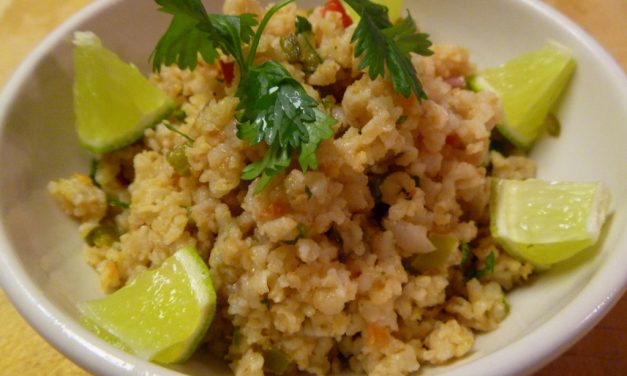
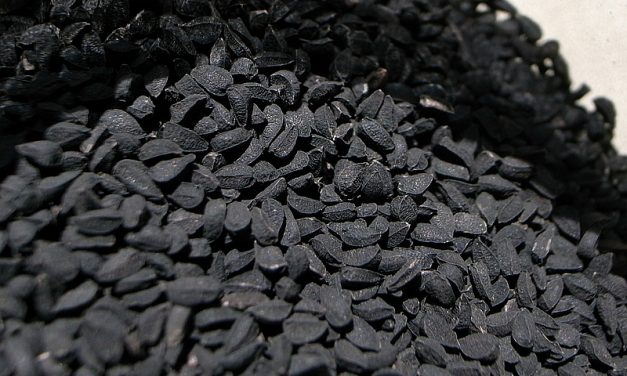
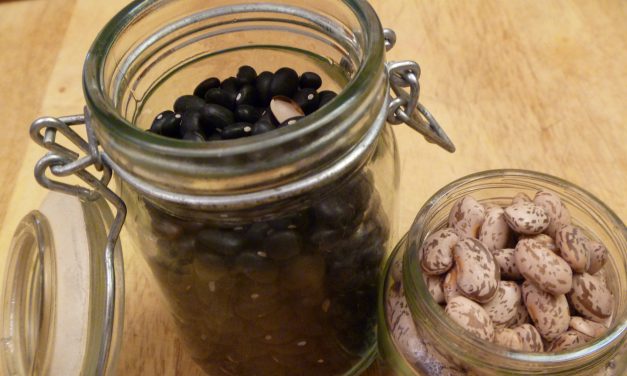
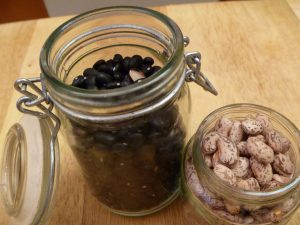
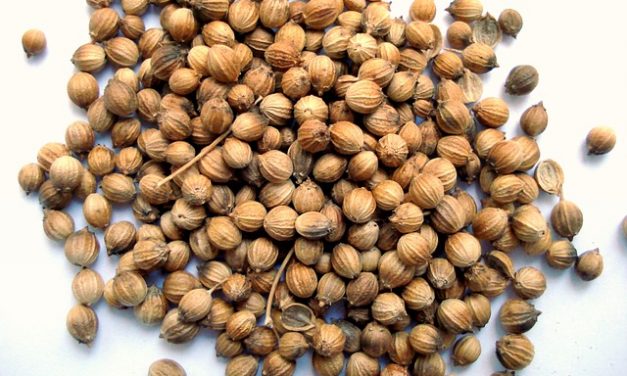
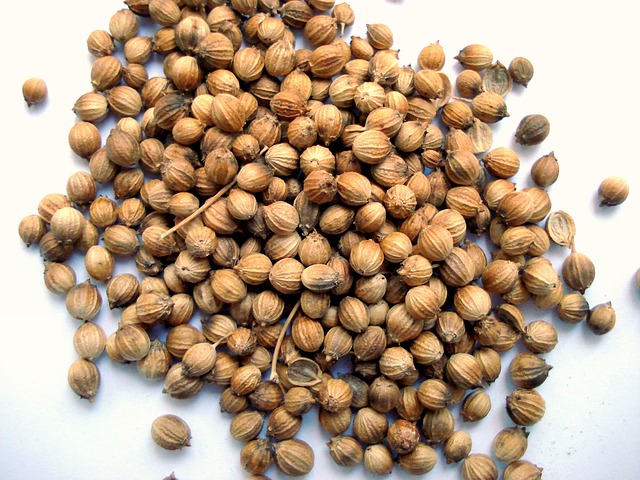

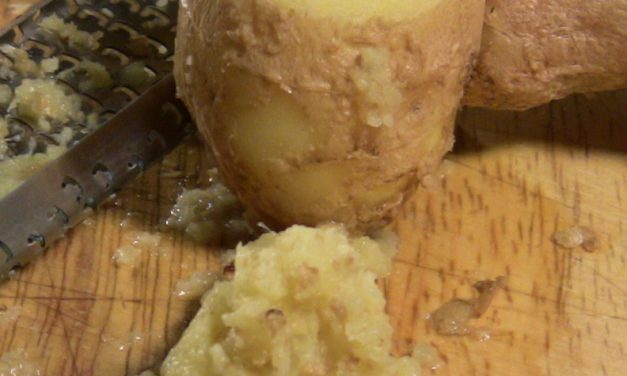
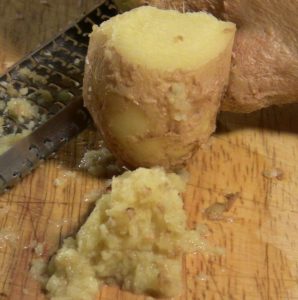 Ginger is a root, the rhizome of Zingiber Officinale, and grows in fertile, moist soil (definitely not where I come from). Unlike most spices when ginger is used fresh, not dried, it is still called a spice. Typically the root is dried, and ground to a powder, or the oils from the ginger are extracted and used medicinally.
Ginger is a root, the rhizome of Zingiber Officinale, and grows in fertile, moist soil (definitely not where I come from). Unlike most spices when ginger is used fresh, not dried, it is still called a spice. Typically the root is dried, and ground to a powder, or the oils from the ginger are extracted and used medicinally.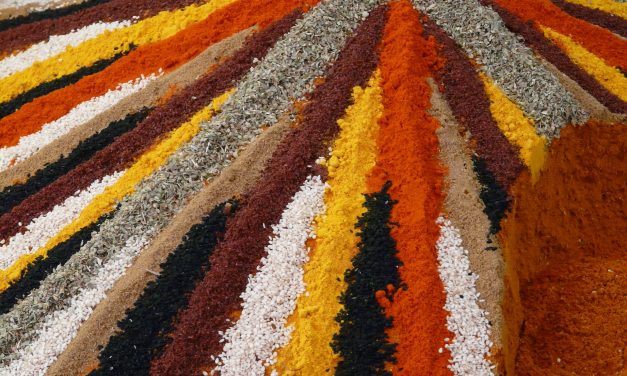
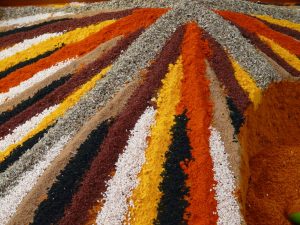 Spices make up the “palette” of a chef. They have a long and intriguing story of travel; how they spread out from a point of origin to all over the globe. Each culture treats these spices a little differently, yet there seems to be several common spices used in global cuisine.
Spices make up the “palette” of a chef. They have a long and intriguing story of travel; how they spread out from a point of origin to all over the globe. Each culture treats these spices a little differently, yet there seems to be several common spices used in global cuisine.